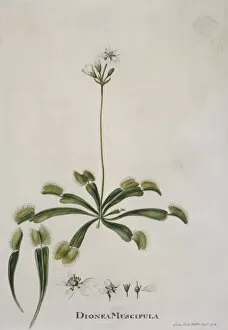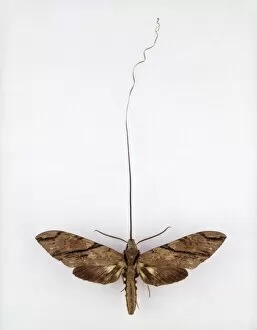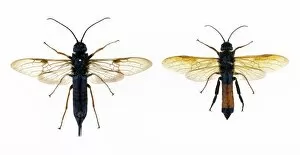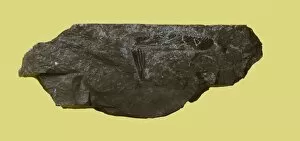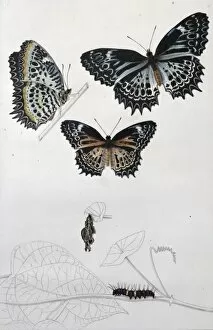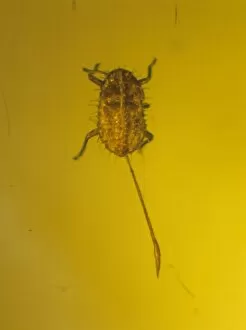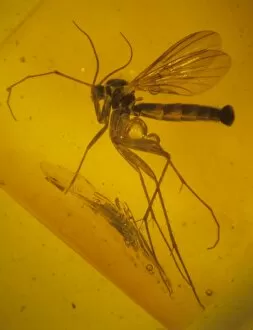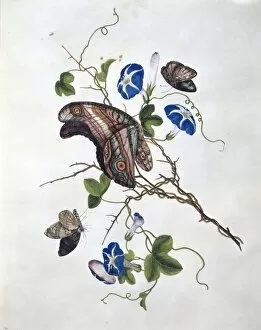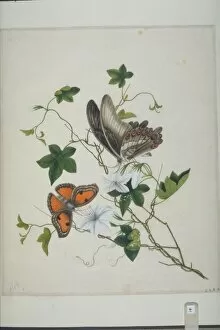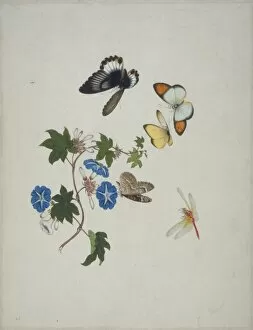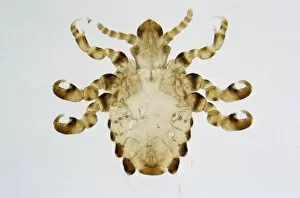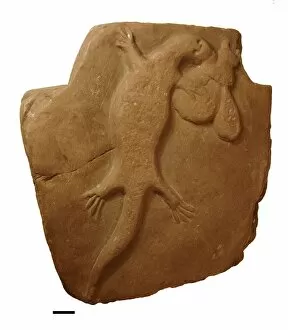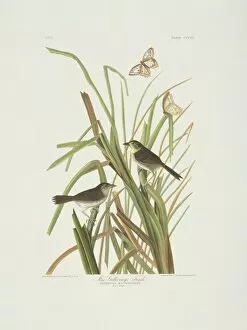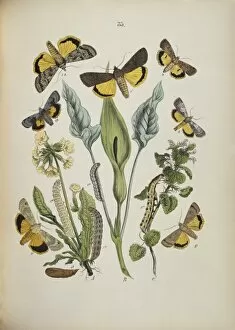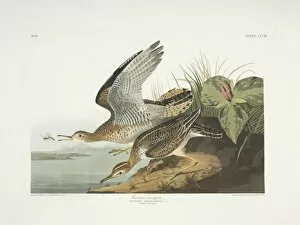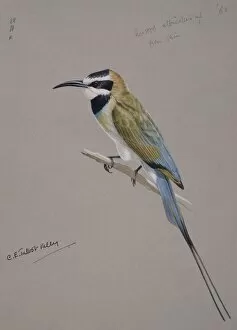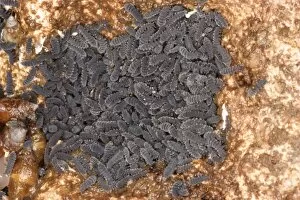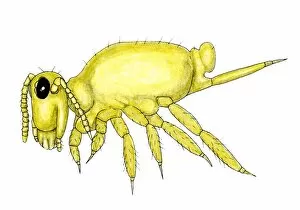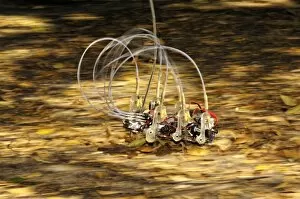Hexapod Collection (page 63)
"Exploring the Enchanting World of Hexapods: From Ornithoptera alexandrae to Xanthopan morganii praedicta" The stunning beauty of Ornithoptera alexandrae
For sale as Licensed Images
Choose your image, Select your licence and Download the media
"Exploring the Enchanting World of Hexapods: From Ornithoptera alexandrae to Xanthopan morganii praedicta" The stunning beauty of Ornithoptera alexandrae, commonly known as Queen Alexandra's birdwing butterfly, leaves us in awe with its vibrant colors and intricate patterns. Acherontia atropos, also known as the death's-head hawk-moth, captivates our attention with its skull-like markings and mysterious allure. Delving into the world of entomology specimens reveals a treasure trove of fascinating hexapods that amaze both scientists and enthusiasts alike. Witnessing a Red Admiral (Vanessa atalanta) sunbathing on a plant is like catching a glimpse of nature's own artwork, where warmth meets tranquility. Common blue butterflies (Polyommatus icarus) basking in the morning light at Vealand Farm in Devon, UK create an ethereal scene straight out of a fairytale. The Chrysina limbata silver chafer beetle showcases its metallic sheen as it scuttles through nature's tapestry, adding shimmer to every step it takes. With its majestic wings resembling peacock feathers, Inachis io or the peacock butterfly graces our gardens with elegance and grace. Phoebis sennae, also known as the cloudless sulphur butterfly, brings sunshine wherever it goes with its bright yellow wings fluttering against clear skies. Plate 17 from Libellulinae Europaeae by de Charpentier offers us an artistic glimpse into Europe's dragonflies' enchanting realm—a true feast for our eyes. Marvel at the incredible strength and teamwork displayed by leaf cutter ants (Atta sp) carrying plant matter across Costa Rica—an inspiring example from nature's builders.



